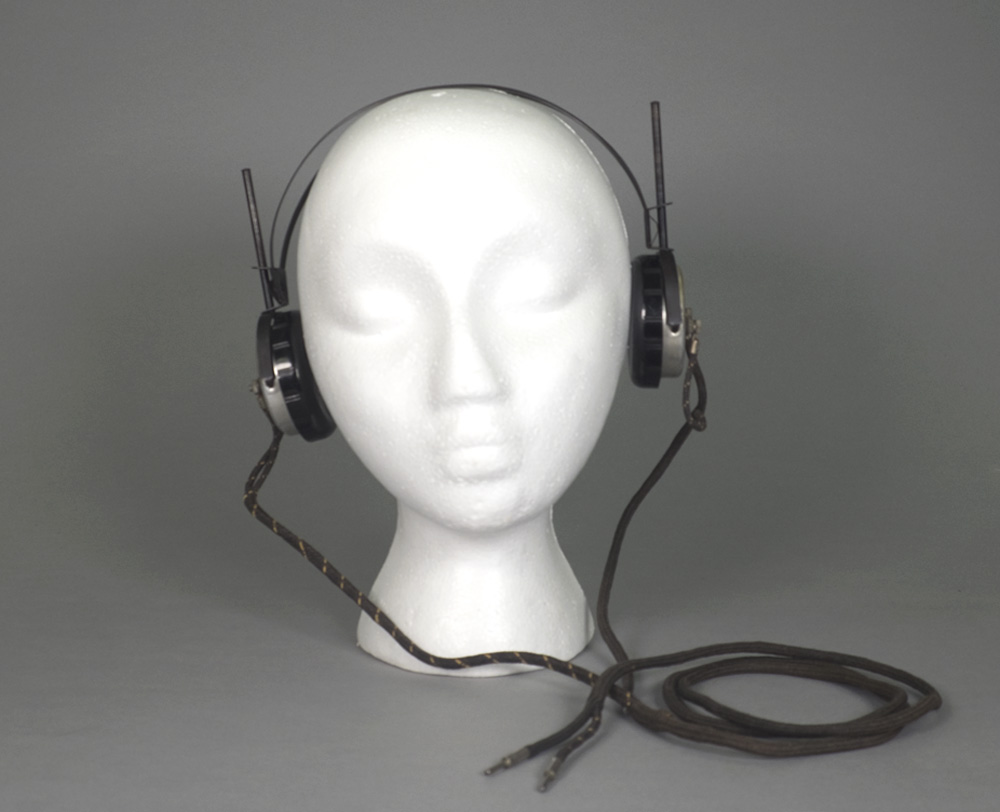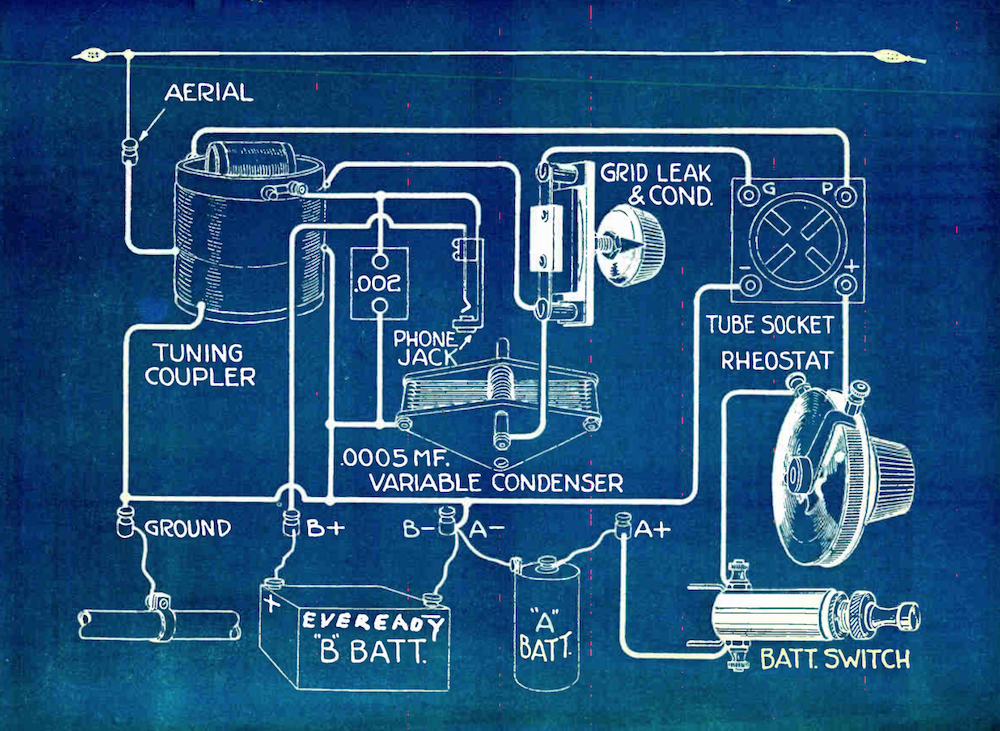Tinkerers
Radio was a hobby long before it became a regular feature in almost every home in Canada. Before the First World War, many Canadians started tinkering with radio components and assembled their own radio-receiving sets. This new technology was very exciting, but little more than Morse signals were transmitted and received. Ships sent out signals to shore radio services. Sometimes, listeners could catch news signalled from newspapers or telegrams.
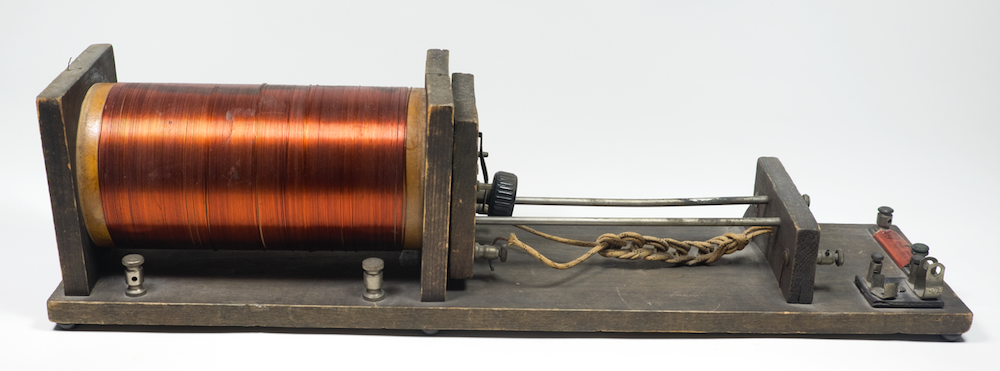
Loose Coupler, Radio Galène: Model Sliding Core (c. 1920), 12 x 14 x 12cm. Musée des ondes Emile Berliner.
Hobbyists began to assemble their own crystal sets to listen to radio frequencies. This prepared them well for the start of commercial broadcasting. Some of the sought-after radio parts in the early 1920s were copper coils, wood bases, and wooden dowels. A copper coil was one of the more expensive items needed. To keep the cost down, many early hobbyists would walk along train tracks looking for odds and ends to scavenge. More complex technical components had to be purchased by mail order or bought in selected stores.
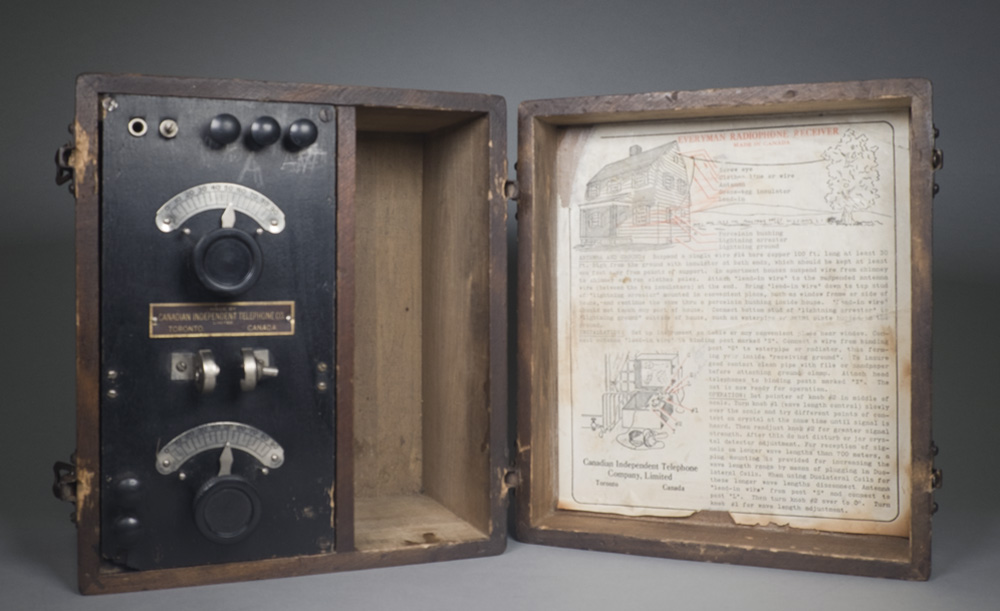
Everyman Radio, Canadian Independent Telephone Company (c. 1921), 19 x 25 x 23cm. Musée des ondes Emile Berliner.
Radio kits and radio clubs popped up to serve the needs of hobbyists, young and old. The first commercial radio broadcasting license was issued by the Department of Marine and Fisheries in 1922. Print publications about radio started to appear. One such publication was the Radio News of Canada.
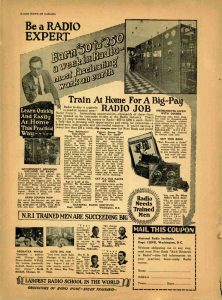
“Be a Radio Expert,” Radio News of Canada 4, no.5 (November 1925): pp 6. La Société Québécoise des Collectionneurs de Radios Anciens (SQCRA).
Not all listeners were able or willing to assemble their own crystal sets. With growing interest in radio, some companies created pre-assembled radio receiving sets. For example, the Canadian Independent Telephone Company produced the Everyman crystal radiophone in the early 1920s. It is one example of an affordable ready-made crystal set.
Early crystal sets were a boon for younger listeners. Canada’s youth adapted with ease to the new technology. Young family members were unlikely to have control over the dial of a floor-model radio in the living room. However, a crystal set allowed these radio enthusiasts to use a headset to listen to what they liked.
Radio magazines and all the newspapers were soon filled with technical diagrams. Everyone could assemble and tinker as needed with their new radio crystal sets or, as the diagram shows, simple tube radios.


